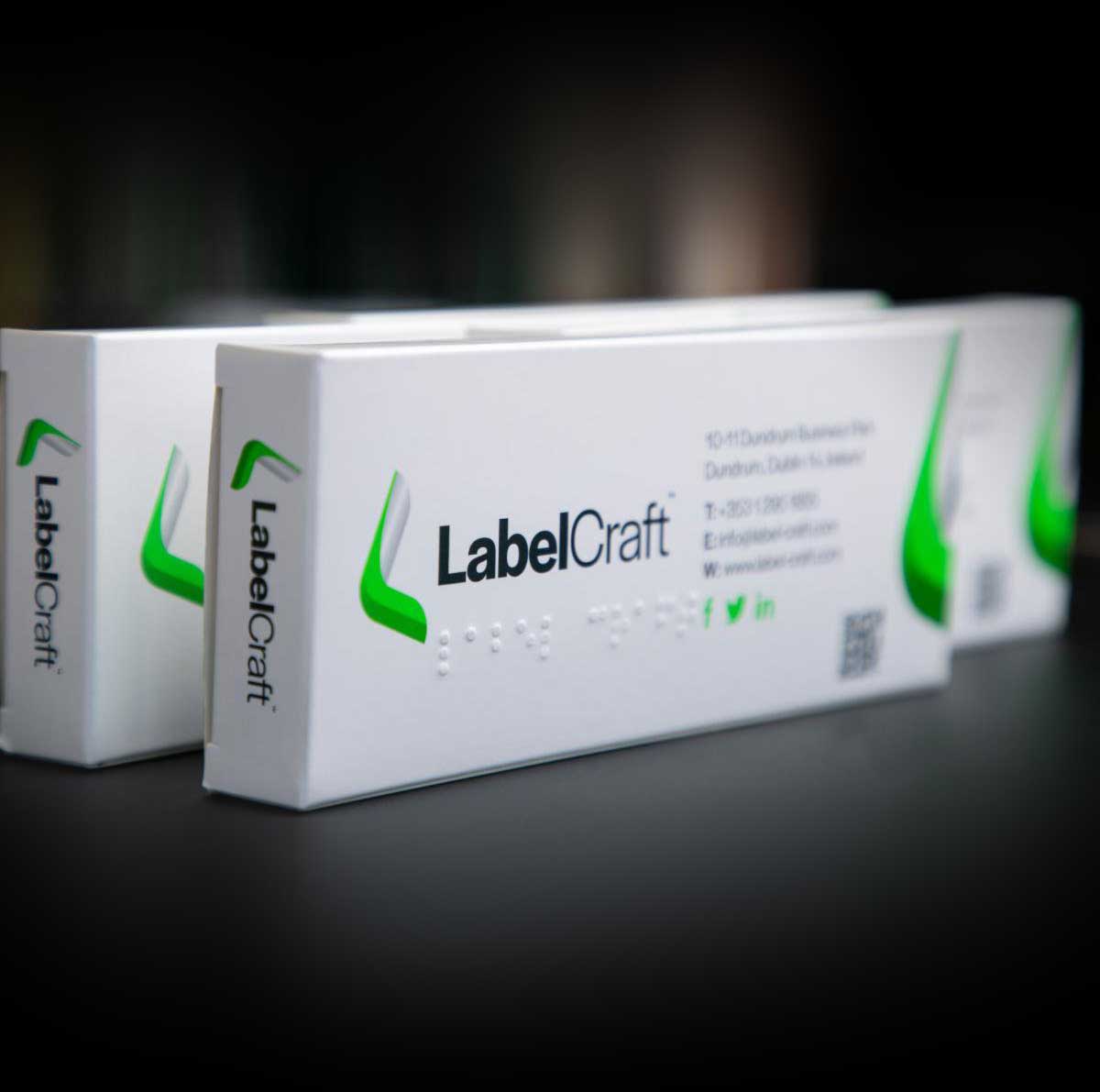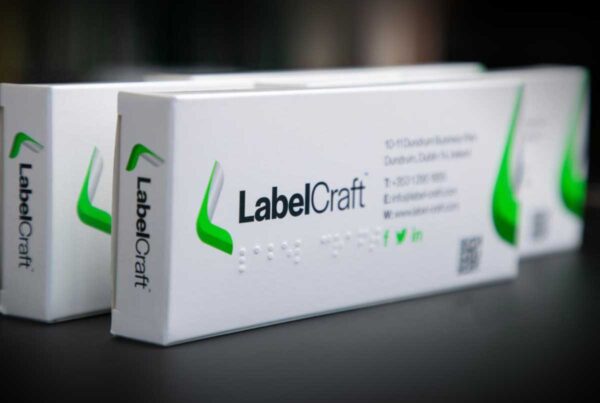Smart packaging for pharmaceuticals continues to evolve against a backdrop of confounding challenges
In the competitive world of pharmaceuticals, packaging has become a key battleground. So much so that the market is growing steadily every year without any sign of decline.
Smart packaging is a key driver of this market growth, opening new possibilities and benefits to the industry, such as increasing efficiency, speeding up manufacturing and distribution, reducing shortages, and ultimately protecting patient safety.
Label Craft Ireland investigate the latest developments in smart packaging design and how pharma companies, healthcare professionals, and patients are benefitting.
Essentially, smart packaging delivers enhanced functionality, allows stakeholders to monitor inventory and a product’s journey from dispatch to delivery, or supports people in taking medicines as intended at home, in a hospital setting, or clinical trial.
In an increasingly competitive and complex market, smart packaging is supporting pharma in overcoming numerous stress factors from macro-level events such as globalisation, emerging economies, and COVID-19, as well as new medicine types, counterfeiting, changing regulation, rising costs and the shift towards patient-centredness.
Smart packaging also contributes to provide end-to-end visibility in complex global supply chains making them more efficient, limit product degradation and waste, stop criminal networks from exploiting weak points in the supply chain, and offer an improved patient experience.
Current developments in smart packaging design
You can split smart packaging into “active packaging”, which improves the product, and “intelligent packaging”, which gathers data insights about the product and its journey.
An exciting area of development is intelligent devices and packaging, creating secure two-way communication pathways between patients and their healthcare providers. The technology is also being increasingly used in clinical trials to help decentralise them, particularly during COVID-19.
Wearable devices worn by patients are one component of this new approach, allowing clinicians to track and analyse health information such as heart rate and pulse, temperature, blood oxygen levels, stress levels, breathing rate, and even different types of brain activity in real-time.
Essentially, the device (usually a bracelet) acts as a personal assistant, monitoring a patient’s health status and alerting them about abnormal conditions, medication reminders and medication tracking.
A second component is the integration of intelligent technology into existing medical packaging or devices. This is chipped with a wireless electronic component that allows tracking of drug usage as soon as the tablet is ejected from the blister, or the device is used. In most cases, contact materials are not affected and the digital enablement, along with options for child resistance, are added as additional layers requiring no regulatory approval.
Each time a tablet is removed, or a medical device is used or activated, a signal is sent from the packaging or device to the bracelet. The bracelet will then send its information either directly, or via a smartphone to the cloud, then to the host.
We’re also seeing a move towards the mass adoption of QR-enabled packaging, helping to increase health literacy and patient compliance. These are getting smarter too, with the application of near-field communication technology. You can build NFC chips into the package and wave a smartphone over it to provide content to the recipient. The potential is like QR codes, just with more refined technology.
The benefits of smart packaging for stakeholders
The R&D process for new packaging technologies can be expensive, but the benefits will outweigh the costs in the long term.
Boosting patient adherence and safety benefits healthcare providers, manufacturers, and patients alike. Doctors can see what the patients are doing and advise them on how to take their medicine correctly, improving outcomes and minimising the risks of overdoses or improper use.
Similarly, the use of QR codes or NFC technology to provide content to patients is advantageous too. By scanning the packaging, patients can see instructional videos on how to take their medication.
Naturally, smart technology built into packaging makes it easier gain to a 360-degree view of the supply chain, making the distribution process more efficient and faster, at a time when the threat of criminal networks intercepting supplies and introducing counterfeits into the market is growing.
Additionally, by using smart packaging, it can help with serialisation as well. Pharma manufacturers can track specific serial numbers during distribution, so missing shipments are easier to identify.
Finally, smart packaging is creating a better patient experience and is helping to decentralise care away from clinical settings. With the aid of technology, patients are getting more out of their products, more support and are seeing better health outcomes as a result.
And the drawbacks?
Like with any technology, benefits don’t come without drawbacks. The biggest threat to mass adoption is the issue of data theft in a sector that’s becoming an increasingly lucrative target for criminals. And with pharmaceuticals, we’re also dealing with very sensitive data.
Through stakeholder collaboration, perennial encryption technology is becoming smarter alongside digital packaging and is being applied in secure batch management, as well as patient data storage, transmission, and retrieval.
Interested in discussing your packaging requirements with Label Craft?
Contact sales@label-craft.com for more information.
Thank you sincerely to all our customers for your support during these restricted times, we are so appreciative of your business and are here to support you in getting your product labels and cartons manufactured and delivered it the same high standard we have had in practice over the last 35 years in business.






